Memories of a Veggie Patch
August 2007: from the book Tales of a Backyard Farmer
There’s no end to the dumb things you can do in a veggie patch.
Last summer the butternut pumpkins wove their way through all the crops in their vicinity – corn, tomatoes, leeks, tomatoes, silver beet, beans. With leaves the size of dinner plates, they catch the sun and store it in the pumpkins that form in ones and twos on each of the vine stems they push out. All these golden wonders are revealed in autumn when the greenery dies off, leaving the fruit to be picked and stored until the following year.
One of these days I’m going to turn the clock back a century or so, and build a cellar under this house to store the proceeds of the garden for the lean months. In the meantime though, I’d put a couple of barrowfuls of those pumpkins under the bench in my workshop, then shot through on holidays, leaving them to their fate. Their ‘fate’ got in under the eaves of the shed via the lemon tree, walked along the rafters, built comfortable nests in the insulation, and dined off the pumpkins. Rats! Now I’ve got to choose between the chemical approach (rat poison) or the organic approach (bashing them with a stick) to get rid of them…
It’s August again, and another year has passed in the veggie patch. Now and then the sun comes out, and I’m reminded of the simple blessings rain and sunshine bestow on me in my garden and at my table. Only occasionally now does my mind stray to that far-off garden in Canada, which in the space of one short growing season bought me so much pain and the lessons of manhood.
Like vegetables, we humans are genetically programmed to grow to adulthood in a fixed span of months and years. Yet in our modern lives, we no longer have the ceremonies and trials-by-ordeal that separate childhood from adulthood in tribal communities. For modern males especially, that transition is now a matter of fate, leaving open the possibility that the body will reach maturity while the emotions, social skills and spiritual life remain in childhood.
Somehow, through all the years of my own adolescence and young adulthood, it remained clearly in my mind that I couldn’t settle down to adult responsibilities until I’d been off to see the world. While hitchhiking through Canada, I’d been offered a job by a small company on the outskirts of Ottawa. After a further six months knocking about the world, I flew back into a Canadian winter to take up my new post and to replenish my dwindling cash reserves and professional credibility.
When spring finally came, I talked my landlord into letting me use the garden down the backyard to plant out my veggie patch. By then the loneliness of the winter months was behind me, and I had made some Canadians friends. After twenty years of studying and learning my trade, I was determined to test the theory that a bachelor was someone who came to work from a different direction every morning. But I was dumb enough or arrogant enough or just plain immature enough to play the field within the friendships I had formed, and it was in the veggie garden that I came a cropper.
Perhaps it’s a testimony to the pain that followed that I can no longer recall what I’d planted in that garden. My two favourite girls were best friends. I’d met them together at a ‘speakeasy’ where the music was good and the tables in short supply – they asked to join me as I ate my meal. One spring day my favourite girl and I were planting out seedlings when her friend rang, then came around to change places.
Where I should have made a choice and a stand and a decision, I let events take their course, and threw away the trust and affection of a fine young woman in the process. She didn’t deserve to have me happen to her, and I just plain didn’t deserve her. By the time summer moved into autumn and I’d begun to harvest that long-ago garden, I was again - and deservedly - alone.
Things only got worse after that. The company’s directors fired the manager, and it was left to me to pull the small staff back together, to hire and fire, and to get through every engineer’s nightmare – new design work on top of a production schedule. With no social life or social support system, and with nowhere to fall back to, I became a permanent fixture sleeping on the last bus going back home from work, seven nights a week.
All young men should have the right to one mistake, but not the right to repeat it. Perhaps no young man truly grows up until he’s been humbled by a woman he really cares for. If that was the bachelor life, it wasn’t for me – I was a one-woman man. The following spring I left Canada for Germany determined to ensure that the woman who was for me had all of me.
And that’s the way it’s been. The battering I took in Canada stayed with me far into the first years of my marriage. It was a decade before I could bring myself to return to the veggie patch and yet more years before I could take over the garden completely.
But a garden is a place of healing and forgiveness. I can’t change the past, and I no longer want to – its lessons have stood me in good stead. Now my own three sons are among a whole new generation of young men eagerly preparing to go out and seek their fortune in the world. Perhaps somehow they’ll carry an image of an old bloke in a veggie patch, who stood by his wife and family through thick and thin. And when that critical moment of choice arrives for them, maybe they’ll know how to behave decently.









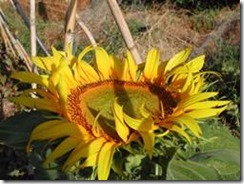









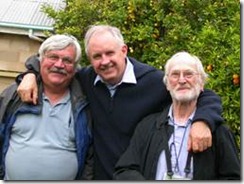

![clip_image002[7] clip_image002[7]](http://lh3.ggpht.com/--OM0wKVIM_Y/UFGzdwsa3AI/AAAAAAAACYY/0we-NkRmAUo/clip_image002%25255B7%25255D_thumb.jpg?imgmax=800)
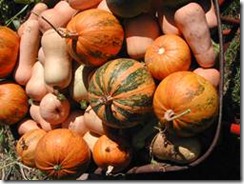



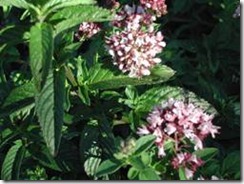




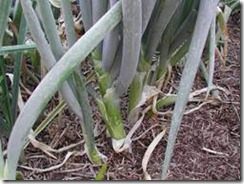
![clip_image002[4] clip_image002[4]](http://lh3.ggpht.com/-cDoZ6NliRFA/UCVuN0BqcgI/AAAAAAAACRU/81dQ8OXYC7M/clip_image002%25255B4%25255D_thumb.jpg?imgmax=800)
![clip_image004[4] clip_image004[4]](http://lh5.ggpht.com/-__vV6KP8CyM/UCVuRMWHRyI/AAAAAAAACRk/fvWaT8sLiPI/clip_image004%25255B4%25255D_thumb.jpg?imgmax=800)
![clip_image006[4] clip_image006[4]](http://lh5.ggpht.com/-QP3Qf0DMAV4/UCVuUTpeS8I/AAAAAAAACR0/BgIMPxNv8uo/clip_image006%25255B4%25255D_thumb.jpg?imgmax=800)

![clip_image008[4] clip_image008[4]](http://lh3.ggpht.com/-EwhfCOWhJb4/UCVub7PC8jI/AAAAAAAACSU/vYxpeHfh_QE/clip_image008%25255B4%25255D_thumb.jpg?imgmax=800)
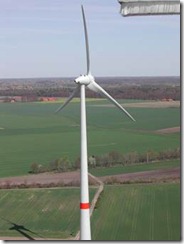

![clip_image010[4] clip_image010[4]](http://lh5.ggpht.com/-pjTPJZeyCJY/UCVujOfbcLI/AAAAAAAACS0/WKwKUTx0OVc/clip_image010%25255B4%25255D_thumb.jpg?imgmax=800)
